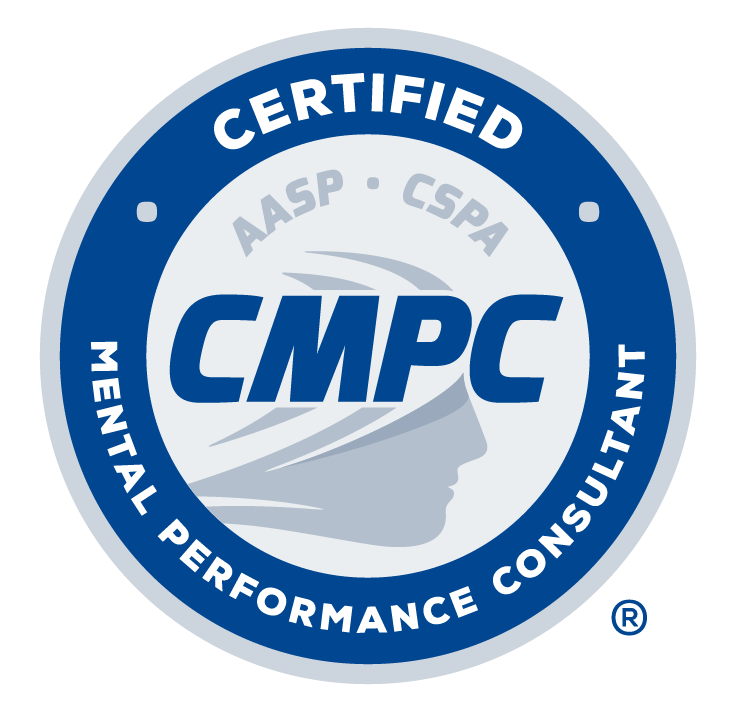Improved Coaching through Emotional Intelligence
Nick Galli
University of Utah
Tony was the top middle distance runner on his high school track team. After a successful season in which he set two school records, and helped his team to a league title, Tony was primed to continue his success at the upcoming sectional meet. But there was a problem. Tony had tweaked his knee during training three weeks before the meet. Even worse, because of his coach’s propensity for losing his temper and accusing injured athletes of “faking it” or acting like a bunch of “sissy’s,” Tony was afraid to mention his injury, and instead attempted to train as if nothing were wrong. As a result, Tony’s knee worsened, and he was in less than top shape for the big meet. He finished a disappointing sixth, leaving his coach and teammates wondering what went wrong.
Unfortunately, situations such as the one just described are not uncommon in the win-at-all-cost world of competitive sport. Coaches often feel that the best way to motivate their athletes is through ridicule, fear, and intimidation. In fact, the volatile leadership style of the coach in the above example led Tony to feel ashamed of his injury, and rather than speak up and seek treatment, choose to remain silent and risk further damage to his knee. According to researchers in psychology and business, scenarios such as this are the result of leaders who lack emotional intelligence.
Emotional intelligence (EI) refers to individual’s ability to perceive, utilize, understand, and manage their emotions (Mayer & Salovey, 1997). Not surprisingly, EI has been identified as critical for effective leadership. EI was found to be twice as important as IQ or technical skills for leader performance in several large companies (Goleman, 1998). According to Goleman (1998), there are five components of EI important for leaders: (a) self-awareness, (b) self-regulation, (c) motivation, (d) empathy, and (e) social skill. Although these five components are based on studies of non-sport leaders, they can easily be applied to you as a sport coach.
In the following sections I will discuss how you can take advantage of each of the five components of EI to improve your leadership as a coach, and consequently get the most out of your athletes.
Self-Awareness:
The first component needed to be an emotionally intelligent coach is self-awareness. Self-awareness is the ability to understand your own moods and emotions, both in terms of their affect on you, and their affect on your athletes. Highly self-aware coaches are confident, have a realistic view of their abilities, and aren’t afraid to admit their mistakes. So how could self-awareness have helped the coach (and the athlete) in the above example? A self-aware coach would realize going into the season that he has a tendency to react harshly when athletes come to him with injuries, and could create a system for reporting and handling injuries that would minimize his aggravation. One strategy to increase self-awareness is to keep a daily journal of your thoughts and feelings at practices and competitions. After every practice and game, take 5-10 minutes to note situations that triggered both facilitative and debilitative thoughts, feelings, and behaviors. Be honest with yourself. In time, you will be able to develop a personal profile of your emotions in various practice and game situations. This profile will be useful as you focus on the second component of EI, the art of regulating your emotions.
Self-Regulation:
Once you become adept at self-awareness, the next step toward becoming an EI coach is learning to regulate your emotions. Self-regulation refers to your ability to control or redirect disruptive impulses and moods. A coach who has strong self-regulation skills leads with integrity, is open to change, and promotes a trustworthy environment. Modeling calmness and rational thinking in the face of adversity sets an example for your athletes to do the same. The coach in the above example clearly lacked the ability to regulate his emotions. Had he been in control of his emotions, he likely would have modeled much different behaviors in response to setbacks and bad news, and allowed athletes like Tony to feel more comfortable in bringing their injuries to the forefront. For example, Instead of accusing athletes of faking injury, or of being soft, he would carefully consider each case. For a given athlete who reports an injury, the self-regulating coach might ask herself, what is this athlete’s physical history? What can we do to get her on the road to recovery? What support people will be needed? If the coach does suspect that the athlete is embellishing the injury, rather than lose his temper, he might consider the reasons that the athlete feels the need to lie, get the opinion of other coaches on the staff, and set a meeting with the athletes to discuss any conflicts she might have. There are several ways to become a better self-regulator, but one strategy is thought replacement. First, create a list of 3-5 scenarios that cause you to ‘fly off the handle’ as a coach (e.g., an athlete is consistently late to practice). Second, write the negative thoughts that you usually have in response to each scenario (e.g., “What a slacker! Sonya’s just not dedicated, and doesn’t care about this team!”). Finally, replace your negative thoughts with positive thoughts and solutions (e.g., “Sonya’s been late a lot recently. I’ll pull her aside after practice to find out what’s going on. Maybe together we can figure out how to make sure she gets here on time.”).
Motivation:
At first glance, you might question the need to work on your motivation. After all, many coaches are driven to win, and be recognized as one of the best in their sport. But in this case, I am referring to a different kind of motivation. Coaches who enjoy long and successful careers have a passion for coaching that extends beyond social status and records. These coaches love the excitement of competition, and the fulfillment that comes from aiding in the personal and performance development of their athletes. In other words, successful coaches are motivated to coach for the sake of coaching. Perhaps the reason that Tony’s coach was such a “hot head,” was because coaching had become more about the wins, and less about actually coaching. If the coach’s main source of motivation was indeed records and status, it is easy to understand how bad news (such as an injury) could trigger negative thoughts, emotions, and behaviors. The coach that is motivated to promote the well-being of his athletes will be less likely to engage in name-calling in response to an injury or a poor performance, and more likely to focus on how to help his athletes perform to the best of their ability. To tap into the facilitative kind of motivation, take come time to re-visit the reasons you went into coaching. What was it that made you want to be a coach? Look at pictures, or watch home videos that remind you of your initial drive to be a coach. Chances are wins and status weren’t the main reasons.
Empathy:
Once you have mastered the personal components of EI discussed above, you are ready to work on improving your interpersonal EI. The first interpersonal EI skill is empathy. Not to be confused with sympathy, which refers to a general feeling of concern for others, empathy goes beyond concern to literally sharing the feelings of others. Coaches who have the ability to empathize are able to build strong relationships with their athletes, and have athletes who are more satisfied with their sport experience. The coach in the above example seemed to lack empathy with his athletes. The empathetic coach whose athlete came to him with a possible injury would remember what it was like to be an athlete with an injury, and would thus have some insight into how to most effectively deal with Tony. One strategy that will allow you to better empathize with your team is to schedule one-on-one meetings with each of your athletes. Find out what concerns they have about the team, what would make their experience better. Listen to your athletes, and attempt to empathize with their concerns. Then, integrate their suggestions with your observations to make improvements to the team environment. By showing your athletes that their feelings matter, and that you can relate to their concerns, you will influence them to want to give their best for the team.
Social Skill:
The culmination of the four previously discussed components of EI (i.e., self-awareness, self-regulation, motivation, and empathy), is social skill. Coaches who are socially skilled are proficient in managing relationships, and have a knack for persuasion. The coach in the above example chose to base relationships with his athletes on fear, which caused Tony to feel less than comfortable in being completely honest about his health. The socially skilled coach would have used his powers of EI to build a strong relationship with Tony, such that he would be unlikely to withhold information from him. To build your social skill as a coach, attempt to get to know your athletes in ways that go beyond sport. Be interested in how things are going for your athletes at school, and with their personal life. Get to know all of your athletes by scheduling social gatherings at your home, or a team retreat to the mountains. Making sociability a priority will improve your relationship between you and your athletes, increase team cohesion, and promote team satisfaction.
Summary
Although having strong technical and strategic knowledge for a given sport are prerequisites for being a successful coach, studies in the business world suggest that other qualities separate good from great leaders. Coaches who lead with self-awareness, self-regulation, motivation, empathy, and social skill create a team environment conducive to enjoyment, trust, and maximal effort on the part of your athletes.
References
Goleman, D. (1998). What makes a leader? Harvard Business Review, 76, 93-102.
Mayer, J. D., & Salovey, P. (1997). What is emotional intelligence? In P. Salovey & D. Sluyter (Eds.), Emotional development and emotional intelligence: Implications for educators (pp. 3-31). New York: Basic Books.




